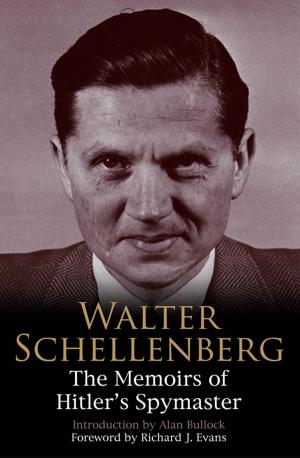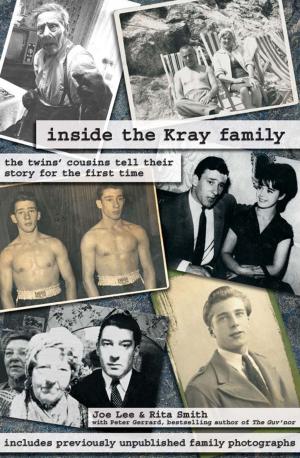| Author: | Iveson, Tony; Milton, Brian | ISBN: | 9781780120089 |
| Publisher: | Carlton Books | Publication: | December 15, 2009 |
| Imprint: | André Deutsch | Language: | English |
| Author: | Iveson, Tony; Milton, Brian |
| ISBN: | 9781780120089 |
| Publisher: | Carlton Books |
| Publication: | December 15, 2009 |
| Imprint: | André Deutsch |
| Language: | English |
It is no accident that the RAF's Battle of Britain Memorial Flight consists primarily of three aircraft types, the Spitfire, the Hurricane and the Lancaster. The Spitfire and Hurricane, of course, are famous for their roles during the Battle of Britain over the skies of southern England in 1940. The Lancaster, on the other hand, did not enter operational service with the RAF until 1942, long after the 'official' Battle of Britain was over. Yet the aircraft has more than earned its place in the Battle of Britain flight. The Lancaster has carved its place in history in its own unique way. During the Spitfire's lifetime, more than 20,000 were built while the Lancaster's total is less than half of that. Yet the Lancaster had a crew of seven, with at least as many again in each Lanc's ground crew. More personnel, therefore, had a close association with the Lanc than with the world's most famous fighter plane.Neither should it be forgotten that, when Britain defended its shores as an island fortress during the darkest days of WW II, the Lancaster and its crews were taking the fight to the enemy, delivering their deadly payloads to targets deep in the heart of Germany. A tangible reminder to everyone suffering in Britain that we were still striking back, still fighting, the Lancaster and its crews won the affection of the British people. Lancasters dropped Barnes Wallis's 'bouncing bombs' on Germany's Ruhr Valley dams to earn 617 Squadron its 'Dam Busters' nickname and Tony Iveson was among those Lanc pilots whose aircraft crossed the North Sea to sink the battleship Tirpitz.In Lancaster, Tony Iveson has created a riveting biography of the aircraft, focussing not just on its operational history, but on the crews who flew and maintained Lancs, even talking to German fighter pilots who flew against them.The stories in Lancaster run from the time of its initial design right through the war to when variants such as the Lancastrian entered civilian service, BOAC using the aircraft on scheduled services between Britain and Australia from May 1945.A salute to the men and women who built, flew and maintained the Lancaster, this book stands as a tribute to a truly great British icon.
It is no accident that the RAF's Battle of Britain Memorial Flight consists primarily of three aircraft types, the Spitfire, the Hurricane and the Lancaster. The Spitfire and Hurricane, of course, are famous for their roles during the Battle of Britain over the skies of southern England in 1940. The Lancaster, on the other hand, did not enter operational service with the RAF until 1942, long after the 'official' Battle of Britain was over. Yet the aircraft has more than earned its place in the Battle of Britain flight. The Lancaster has carved its place in history in its own unique way. During the Spitfire's lifetime, more than 20,000 were built while the Lancaster's total is less than half of that. Yet the Lancaster had a crew of seven, with at least as many again in each Lanc's ground crew. More personnel, therefore, had a close association with the Lanc than with the world's most famous fighter plane.Neither should it be forgotten that, when Britain defended its shores as an island fortress during the darkest days of WW II, the Lancaster and its crews were taking the fight to the enemy, delivering their deadly payloads to targets deep in the heart of Germany. A tangible reminder to everyone suffering in Britain that we were still striking back, still fighting, the Lancaster and its crews won the affection of the British people. Lancasters dropped Barnes Wallis's 'bouncing bombs' on Germany's Ruhr Valley dams to earn 617 Squadron its 'Dam Busters' nickname and Tony Iveson was among those Lanc pilots whose aircraft crossed the North Sea to sink the battleship Tirpitz.In Lancaster, Tony Iveson has created a riveting biography of the aircraft, focussing not just on its operational history, but on the crews who flew and maintained Lancs, even talking to German fighter pilots who flew against them.The stories in Lancaster run from the time of its initial design right through the war to when variants such as the Lancastrian entered civilian service, BOAC using the aircraft on scheduled services between Britain and Australia from May 1945.A salute to the men and women who built, flew and maintained the Lancaster, this book stands as a tribute to a truly great British icon.















